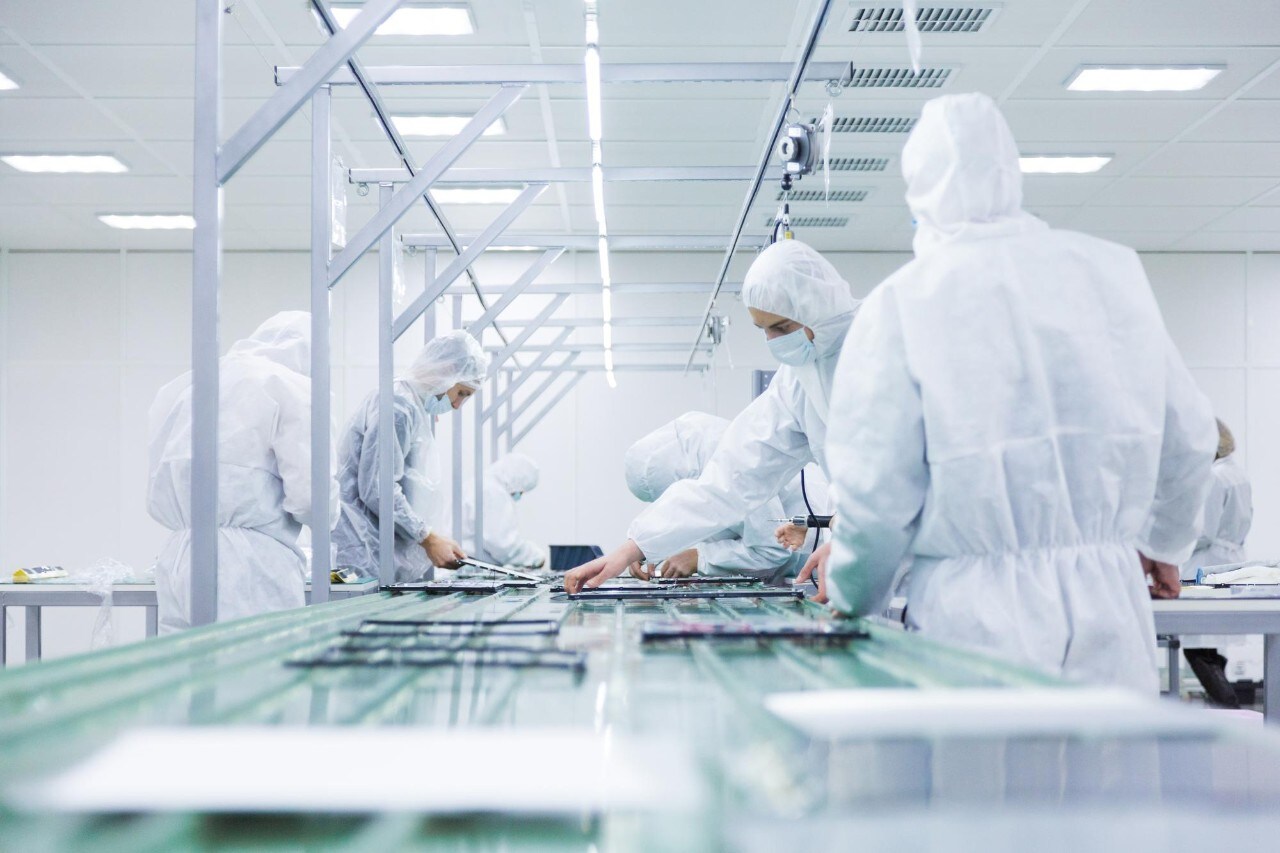Cleanroom Design Guide
Optimize your space and increase productivity with a properly laid-out cleanroom design. Creating a cleanroom that is productive and efficient requires a large amount of planning. The purpose of the cleanroom you are designing, the number of people working in the area, and the best way to make the most of your space are essential aspects in creating a highly functional cleanroom.
Cleanroom space is often limited, so it is imperative to make sure that you have the best layout prepared before purchasing products. Since the cleanroom you will be building may stay in use for decades, you want to fill your cleanroom with a quality product that will keep functioning without issue. To help develop the ideal space, make sure you get a variety of the team involved in creating your plan. This would include a professional lab designer, some of your lab's management team, a health and safety representative, and a facility management technician. These individuals can provide a clear insight into how they need the lab to function. Other important aspects of cleanroom design include workflow, the cleanroom needs and requirements, and different solutions to adapt to the team's needs once they begin to do work in the space.
1. Workflow
Cleanroom must have a well-functioning workflow to remain efficient and organized. One of the best ways to identify and enhance this workflow is by creating a cleanroom design that naturally enhances these workflows. To do this, map each movement of a project from beginning to end. And with assistance from your team, you can add work areas and storage exactly where they will need them. Here are some things to consider when setting up a workflow:
- Foot traffic
- Amount of people needed to complete each task
- Open space for changes
- The equipment/ supplies you need to store
These factors are imperative to creating a workflow that properly utilizes space. Also, consider the use of products capable of moving and adjusting as the needs of the team change. There is a chance that the mapped workflow isn't the right solution. That is ok. Just make sure that the products you place can be moved to create that perfect flow the team needs.
2. Make it Personal
Team members will be spending A LOT of time in the cleanroom. So, make sure that the cleanroom has everything they need readily available. When making preparations, take the size and preferences of your team into account. Your team should be able to work without strain. This means that work surfaces need to have enough space to perform tasks without bumping into each other. Worksurfaces should also be at a reasonable height to work without causing stress to muscles that can cause pain and discomfort over time. Marrying this concept of working without additional physical strain to how the team performs its task is also known as ergonomics. Here are some ways to improve the ergonomic design of your cleanroom:
- Use worksurfaces that are easily adjustable when possible so they can be adjusted based on the individual working at them
- Make sure storage areas are easy-to-reach by keeping at a reasonable height
- Allow team members plenty of foot space at each workstation
By making the work area as comfortable as possible, work will be less straining on your team over time and ensure that they do not develop physical issues later in life due to the cleanroom industry's repetitive tasks.
"When it comes to creating the ideal cleanroom, you don't need to go about it alone. Many companies offer layout tools and services to help you get the most out of your budget and space. So, when looking to build your cleanroom area, don't go about it alone."
3. Get the Cleaning Staff Involved
One of the most critical aspects of your cleanroom design is its ability to maintain cleanliness. Keeping these areas clean is imperative for your cleanroom to continuously pass inspection. To make this a simpler task, bring your maintenance teams in to point out flaws. Their experience will help them to map out areas where dirt and debris can accumulate over time. Eliminating areas that could cause unsanitary conditions is a great way to ensure that your cleanroom will be functional for many years without regular equipment replacement.
Optimizing your design for cleanliness can save you money and time while also keeping your equipment usable longer. Based on the cleaning protocols in the cleanroom need to use disinfectant to be sure that the surface is without bacteria, fungi or virus. You can implement in the turnkey projects a Biocide surface coating on all surfaces in the cleanroom which gives 24/7 protection against bacterise, viruses and fungi. You can make the coating later when your cleanroom is running but it is more complicated.
4. Leave Room for Change
The nature of your cleanroom can change over time. This can become problematic if all the space in your cleanroom has already been filled. Instead, think ahead and leave some room for changes. By making a cleanroom design with the expectation of growth, you open the area to more possibilities.
5. Adapt to for Safety
In the modern workplace, it is important to make sure that your team is safe and comfortable in their work environment. With the spread of COVID 19, make sure that your cleanroom process is optimized for social distancing. This can be achieved with strategically placed workspace. When going through and making your plans make sure to leave 1.8 meter between stations. Also, if possible, add a PPE (Personal Protective Equipment) station for the team to refresh their PPE when it gets uncomfortable.
6. Airflow
Cleanrooms are highly necessary to eliminate dangerous static and dust from entering the area where components are being worked on. Inside the cleanroom furniture must be open design which ensure that airflow is maintained on the unit. If it possible to use perforated worktables to maintain the continuously airflow highly recommended.




